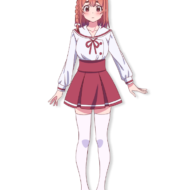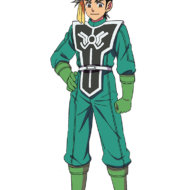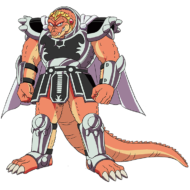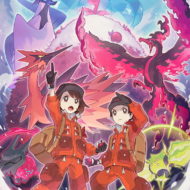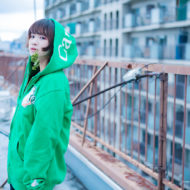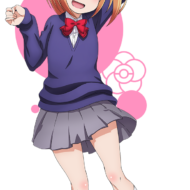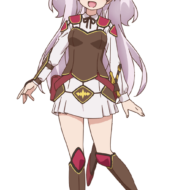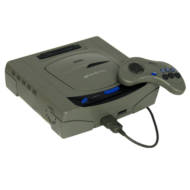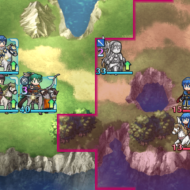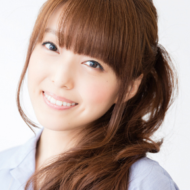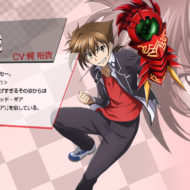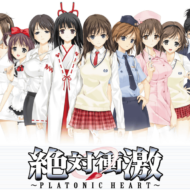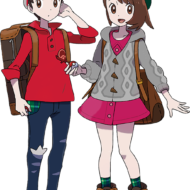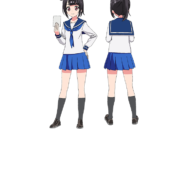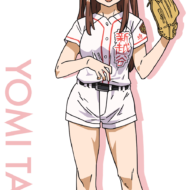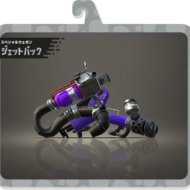出典 : Amazon.co.jp
It’s been 6 years since the first season of “Non non biyori” aired. It’s been a long time since a third season was announced, and it’s been a while since a second season and a movie version of the series have been produced.
The appeal of “Non Non Non Biyori” has been talked about everywhere. The “goodness of the countryside” and the “charm of the characters” are described to the fullest extent, and I’m sure many fans can agree with most of the statements and nod their heads in agreement with most of them.
However, I think there’s still a bit more to be said about the appeal of Non non biyori that has been so thoroughly discussed.
In this article in particular, I’m going to delve into how that “rural goodness” thing works in the piece!
‘Maybe I live in the country,’ was the first pull and conclusion
This is the line that Renge Miyauchi releases in the first episode of the first season, before the OP is played.
It’s a very appropriate word for the first words of the work.
Non non biyori” shows us what it means to live in the countryside, in an environment so rural that even Renge, a first grader, notices it.
It is made explicit in this first scene that the countryside in “Non non biyori” is less crowded and has fewer places to play, making it difficult for events to occur. It’s so much harder to have events in the countryside because there are only a few people there, and there are only a few places to play.
It’s because of such an environment that we are able to emphasize and portray the fact that everyday life is quiet and sometimes nothing happens.
Difference from other daily life anime
出典 : Amazon.co.jp
Most of the daily life anime depicts the trivial things that happen in daily life as events, but “Non non biyori” stands out in its depiction of the “nothing happened” side of daily life.
But what makes Non non biyori stand out is the way it depicts the “nothing happened” side of everyday life.
Let me give you a concrete example.
For example, “K-On! One of the appealing aspects of the Despite the fact that there are more than enough thematic elements to make a band in the light music club, the reality of it was almost a “daily tea party”. It’s no longer an issue that they can all play an instrument despite the fact that they are not depicted practicing. Because the days of having fun playing, talking, and having sessions with everyone in the light music club are themselves K-On! That’s why.
At first glance, it seems as if nothing special is happening, but it is the characters’ days that are made into events and the “something happened” side of everyday life that is depicted. This is a common feature of everyday life. In fact, events such as rice planting and watermelon splitting are quite common in “Nononobiyori” as well.
However, in “Nononobiyori”, the only place where the characters can get together at any time is the school.
Of course, you can go to someone’s house to play, but you can’t do that every day, right?
So what do these girls do all the time?
A lot of being alone
When they are not planning to play, they are rather bored.
Maybe that’s why there are quite a few scenes in this work where the characters are alone.
Why are they often alone?
We’re cut off from the outside world
The “rural” environment is at its best when it is “cut off from the outside world.
First, let’s focus on the cell phone situation.
In this film, only high school students and above have cell phones.
For example, Miyauchi Hikage goes to high school in Tokyo, so was it deemed necessary for her to communicate with her parents? With so many people and so many spots in Tokyo, it’s probably a necessity to meet up with friends. There is no question that Hikage has a cell phone in his possession.
Also, Fujinomiya Konomi has a cell phone, although no details are depicted.
We don’t know why, but it may be because of her age as a senior in high school, the distance to the high school, or because she is a member of the brass band, which means she spends a lot of time away from home practicing and on expeditions.
On the other hand, as for the four main members, none of them have cell phones.
Nowadays, I’m sure there are many elementary and middle school students who have smartphones.
However, whether or not it’s true to reality, it’s easy to imagine an elementary or junior high school student without a cell phone in a rural environment with few people on the street, with no noteworthy extracurricular activities, and with a limited scope of life.
Not having a cell phone means that you can’t be connected to someone all the time. Of course, having one doesn’t necessarily mean that you’re always talking to someone else, and the premise to begin with was that in the town where the Nononobiyori characters live, it was described as if there was almost no reception.
It’s a country road with no traffic, and the only way to communicate is through the landline phone at home.
This makes it somewhat of a hurdle to talk to anyone other than family members.
In fact, when the four main characters make plans to play, they sometimes end up on the bus after school.
If you have a cell phone, you can say “I’ll text you later,” and if you use it as a phone, it’s a direct line from your hand to the other person’s hand, so the hurdle to communicating with them is very low.
If they don’t have such a phone, they tend to have a lot of free time on their hands.
Therefore, they are forced to stay alone.
So inevitably, they are able to accept the situation as a matter of course that they are not necessarily doing something with someone else.
This doesn’t have a lot of places to go
It turns out that the absence of cell phones creates a lot of spare time.
So what will they do with their spare time?
If a person living in town doesn’t have a cell phone, what do they do when they have time on their hands?
You have the option of “going out. They can go out to the local coffee shop, stop at a bookstore, take the train, or even go shopping.
On the other hand, these women live in a rural area with few people.
There are probably no family restaurants or family restauraunts or even coffee shops where elementary and junior high school students can get together (because if there were, they’d be there). More to the point, there might not even be a park.
The only thing there is probably a candy store.
That’s why we often see candy stores, but it seems that “going to the candy store” is something the girls do to make a promise to “play” and not a place where they always gather.
What do these girls do when they have no mobile phone connection and nowhere to go, when they have a spare moment?
I knew it
They have no place to go and no one to talk to, so they are bored.
If you ask me what people do when they have time on their hands, they have no choice but to be alone.
When you are alone, you don’t have anything to talk about, do you?
That’s right, this is the “nothing happens” side of everyday life.
If you watch Nononon Biyori, you’ll notice that someone is doing something with someone else throughout the entire episode.
As is often the case in “Nichijo-kei”, it is portrayed as an event, and it is often portrayed in other Nichijo-kei works as well.
On top of that, “Non non biyori” has a strong portrayal of “I have no choice but to be alone, so I keep my mouth shut”, which is essentially a daily life that is close to what we spend in our daily lives.












